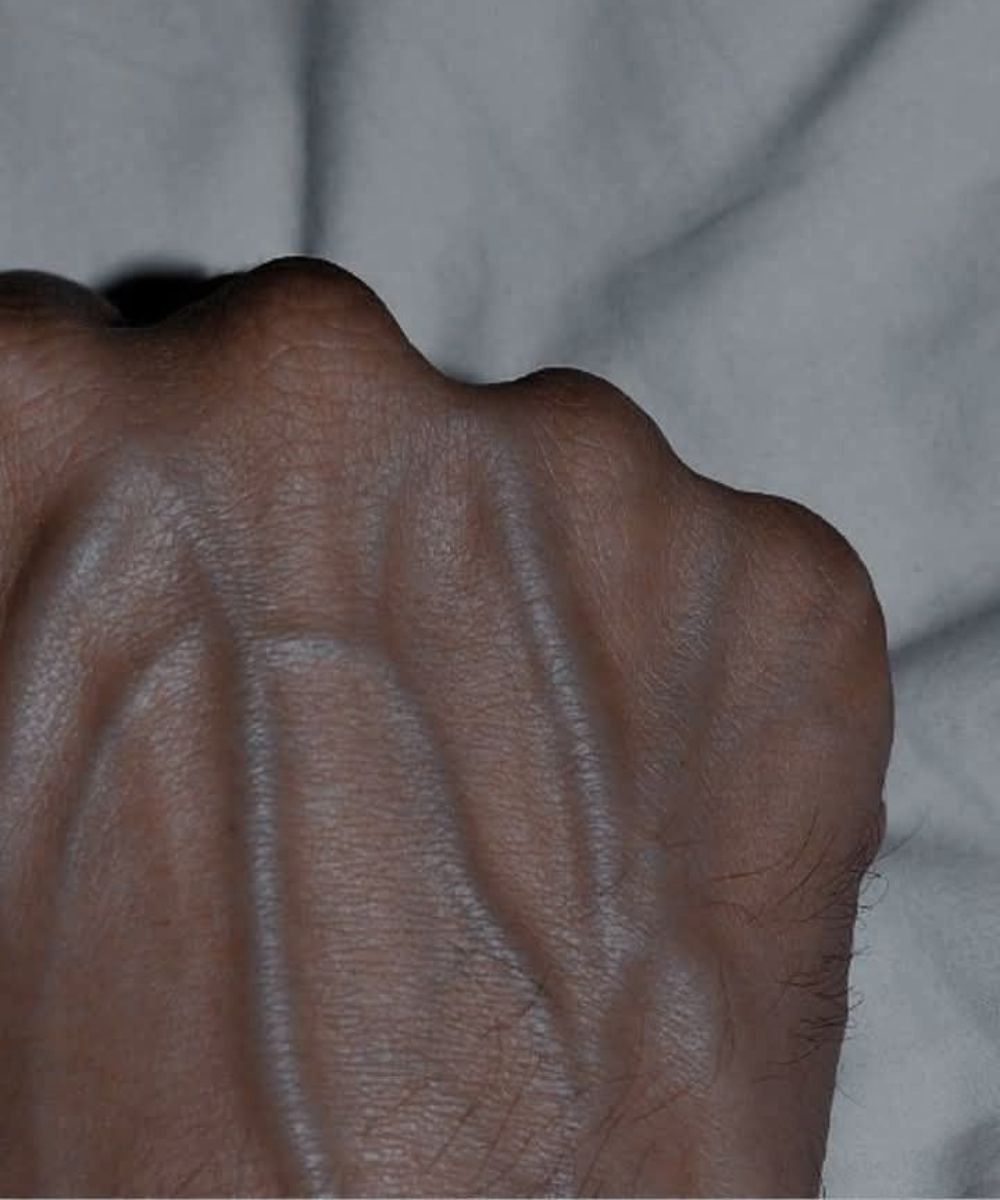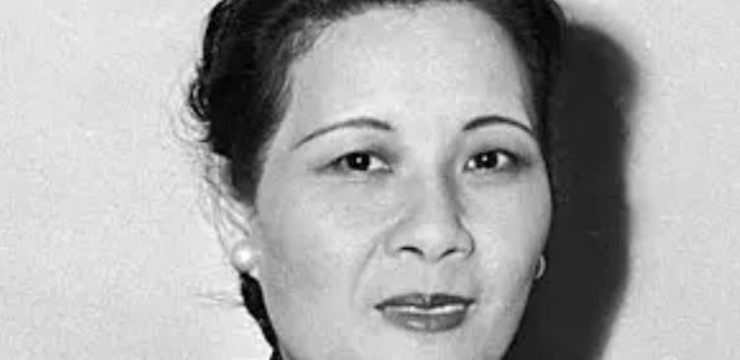Visible veins on your hands, arms, or legs are often harmless and can simply be the result of aging, having low body fat, or maintaining an active lifestyle. For many people, they are a completely normal part of their appearance. However, when veins suddenly become more prominent or change noticeably, it can sometimes point to an underlying health condition that should not be ignored.

Knowing the possible causes behind these changes can help you take early action, address the root problem, and avoid serious complications. One possible cause is chronic venous insufficiency (CVI), a condition that occurs when the valves in your veins weaken or fail to work properly. Normally, these valves ensure that blood flows toward the heart, but if they stop functioning, blood can pool in the limbs, especially the legs, leading to enlarged, bulging veins. Symptoms may include rope-like veins visible under the skin, swelling, heaviness, aching in the legs, and discoloration or ulcers near the ankles.
CVI is more common in older adults and in people who spend long hours sitting or standing, and without treatment, it can result in painful ulcers or dangerous blood clots, making timely medical care essential. Another condition is varicose veins, which are extremely common and occur when veins—most often in the legs—become swollen, twisted, and raised. Although many think of them as a cosmetic concern, they can actually signal deeper circulatory issues. Signs to watch for include dark blue or purple veins bulging under the skin, burning, itching, or throbbing sensations near affected veins, and leg cramps or fatigue. Risk factors include genetics, obesity, pregnancy, and extended periods of sitting or standing still.
While not always harmful, varicose veins can worsen over time, and treatment may help relieve discomfort and prevent future complications. Deep vein thrombosis (DVT) is a far more serious condition in which a blood clot forms in a deep vein, usually in the thigh or calf. Although the clot itself might not be visible, the blockage it causes can sometimes make nearby surface veins more noticeable. Warning signs include sudden swelling in one leg, pain or tenderness that often starts in the calf, and skin that feels warm or appears red. DVT is dangerous because a clot can break loose and travel to the lungs, causing a potentially fatal pulmonary embolism.
Anyone suspecting DVT should seek emergency medical attention immediately. Congestive heart failure (CHF) can also make veins more visible. When the heart cannot pump blood efficiently, it creates pressure in the veins, leading to swelling and more prominent veins, especially in the neck, hands, or legs. Other symptoms may include shortness of breath, difficulty breathing when lying down, fatigue, weakness, and swelling in the legs, ankles, or feet. CHF is a chronic condition that requires ongoing medical management, and any sudden appearance of visible veins alongside these symptoms should prompt a doctor’s visit without delay. Another possible cause is peripheral vascular disease (PVD), which happens when narrowed blood vessels restrict circulation to the arms or legs. While PVD mainly affects the arteries, it can also cause visible veins as the body reroutes blood flow through smaller vessels.
Symptoms may include tired or aching legs, numbness, tingling, or coldness in the hands or feet, and slow-healing wounds or skin color changes. PVD is often linked to atherosclerosis, or plaque buildup in the arteries, and if left untreated, it can raise the risk of heart attacks or strokes. As for when to seek medical advice, gradual changes in vein appearance are often harmless, but sudden or dramatic changes should never be dismissed. Concerning signs include one limb becoming more veiny than the other, veins that are painful, tender, or throbbing, and any discoloration or wounds that are slow to heal. These could be signs of a vascular issue requiring prompt evaluation.
Early detection and treatment can make a major difference in preventing severe complications. In the end, veins do far more than transport blood; they can serve as visible indicators of what is happening inside your body. While prominent veins are often a normal part of life, sudden, painful, or otherwise unusual changes deserve attention. If your veins start looking different, your body might be signaling that something is wrong. The safest course of action is to get checked by a healthcare professional, ensuring that if there is a problem, it can be addressed before it leads to more serious health consequences.





